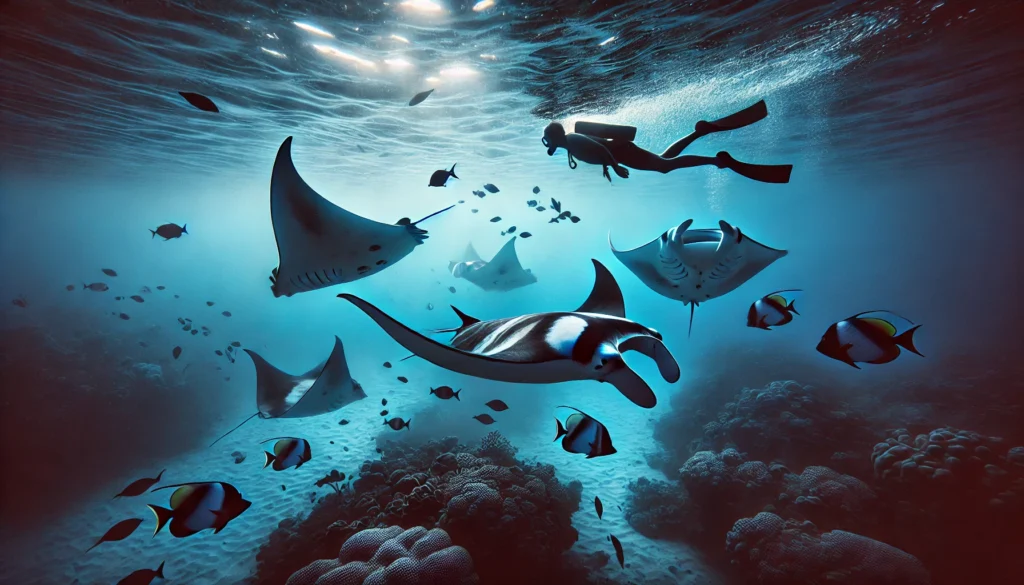After our time on Oʻahu, the Big Island welcomed us with a completely different rhythm. We based ourselves in Waikoloa Village, which turned out to be the perfect home base. Plenty of stores and restaurants nearby, only about 20 minutes from the airport in Kalaoa, and an easy jump-off point for the north and south coasts.
We kicked things off with whale watching, and luck was on our side. We were out on a boat, scanning the water, when a humpback surfaced close enough for us to catch a really clear look—massive and graceful. We even saw them swim just beneath the boat, their dark shapes gliding effortlessly below us. It was the kind of encounter that makes you stop talking and just take it all in.
Later that day, we did something unforgettable: swimming with manta rays. At night. In the ocean. With giant, glowing sea creatures doing barrel rolls inches from our faces. It turns out this entire experience was started by a hotel on the Big Island—the lights they installed to illuminate the water attracted plankton, which in turn attracted manta rays. And now, it’s the only place in the world where you can reliably swim with these creatures in their natural habitat, night after night. Equal parts magical and nerve-wracking, it felt like floating in the middle of a science documentary. If you’re the kind of person who likes adventure with a shot of adrenaline and a splash of wonder, this one absolutely delivers.

On land, we chased panoramic views at Pololū Valley Lookout, where steep cliffs drop into lush valleys and crashing waves. The hike down isn’t long, but it’s steep—and well worth it for the view from the black sand beach below. It was the kind of place that makes you pause, sit on a rock for a while, and just watch the water crash endlessly onto the shore.
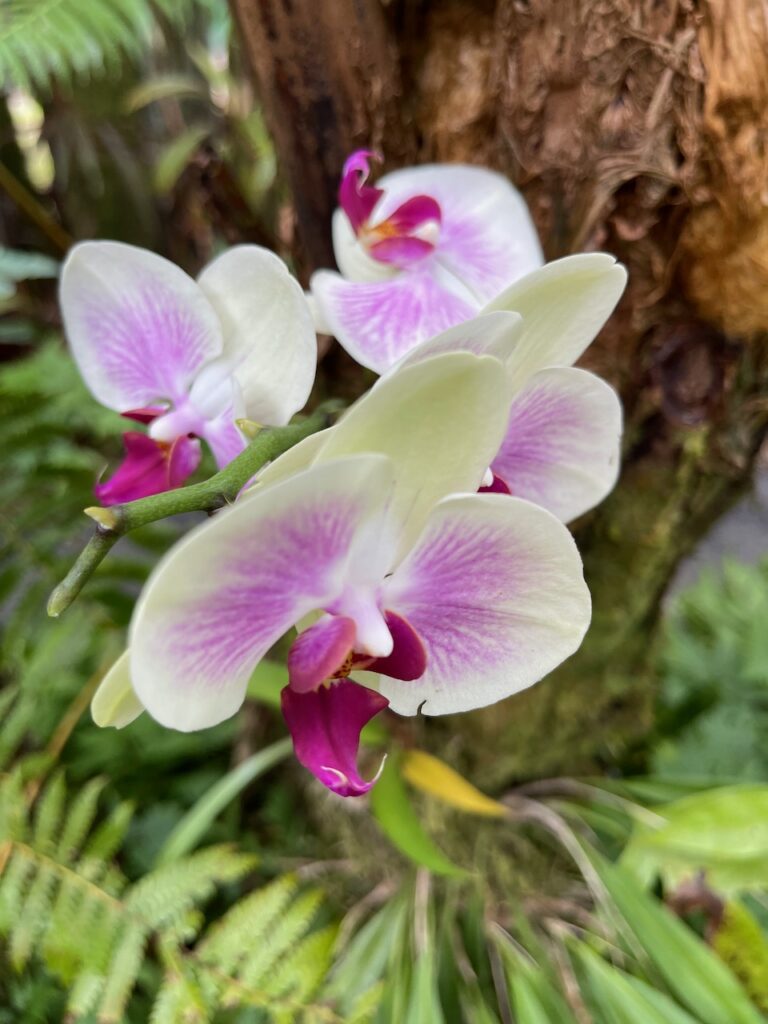
From there, we made our way to the Hawai‘i Tropical Botanical Garden, which was surprisingly close and made for a perfect pairing in one outing. The contrast couldn’t have been more striking—after the rugged coastal cliffs and raw energy of Pololū, the garden felt like a completely different world. Waterfalls tucked between dense palms, orchids hanging like decorations from above, and trails winding through a jungle that was both curated and wild. It wasn’t just a stop; it was an experience. Calm, lush, and impossibly vibrant.
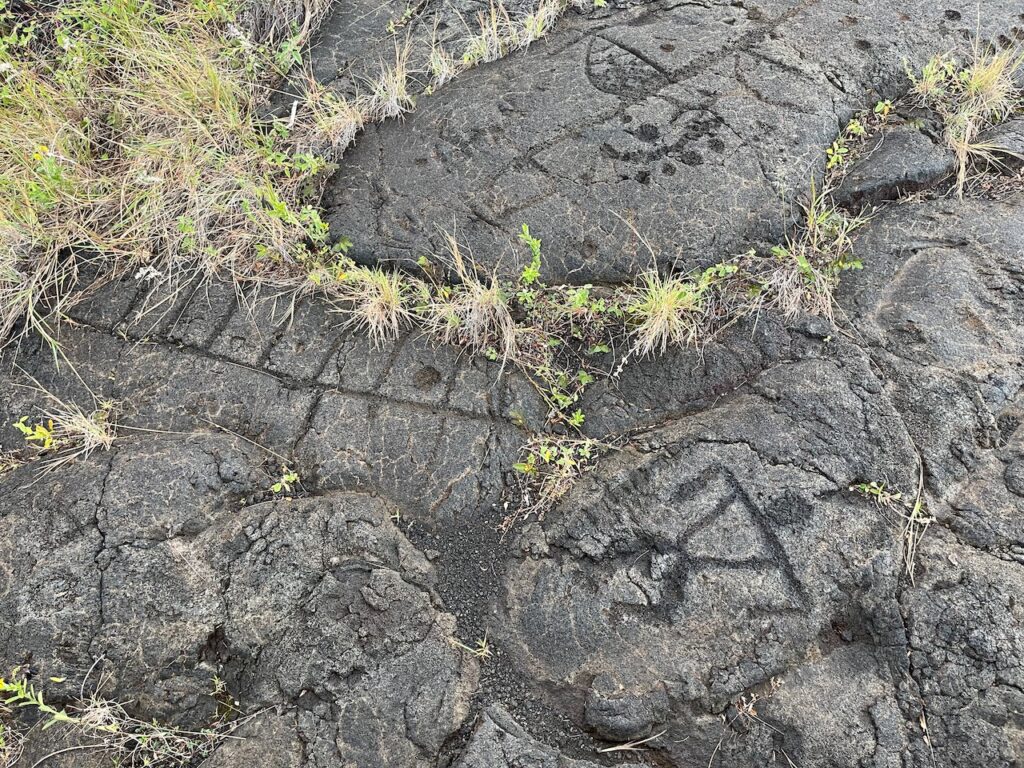
We spent a day exploring Volcanoes National Park, and even without an active lava flow, it was unforgettable. Massive craters stretched across the landscape like open wounds in the earth, and hardened lava fields rolled out in every direction like a frozen sea. We hiked through a lava tube—dark, cool, and echoing—an eerie reminder of the island’s volcanic power.
While there, we also visited the Puʻuloa Petroglyphs, tucked within the park. The lava rock trails are etched with thousands of carvings made by ancient Hawaiians—some simple dots, others representing people, canoes, or more abstract forms. There’s something incredibly grounding about walking those trails, knowing each mark tells a story from centuries ago.
Later in the trip, we stopped at Puakō Petroglyph Park on the island’s west side. It had a different feel—more open, less traveled, but equally powerful. Together, these two sites offered a quiet, fascinating look into a past still written in stone.
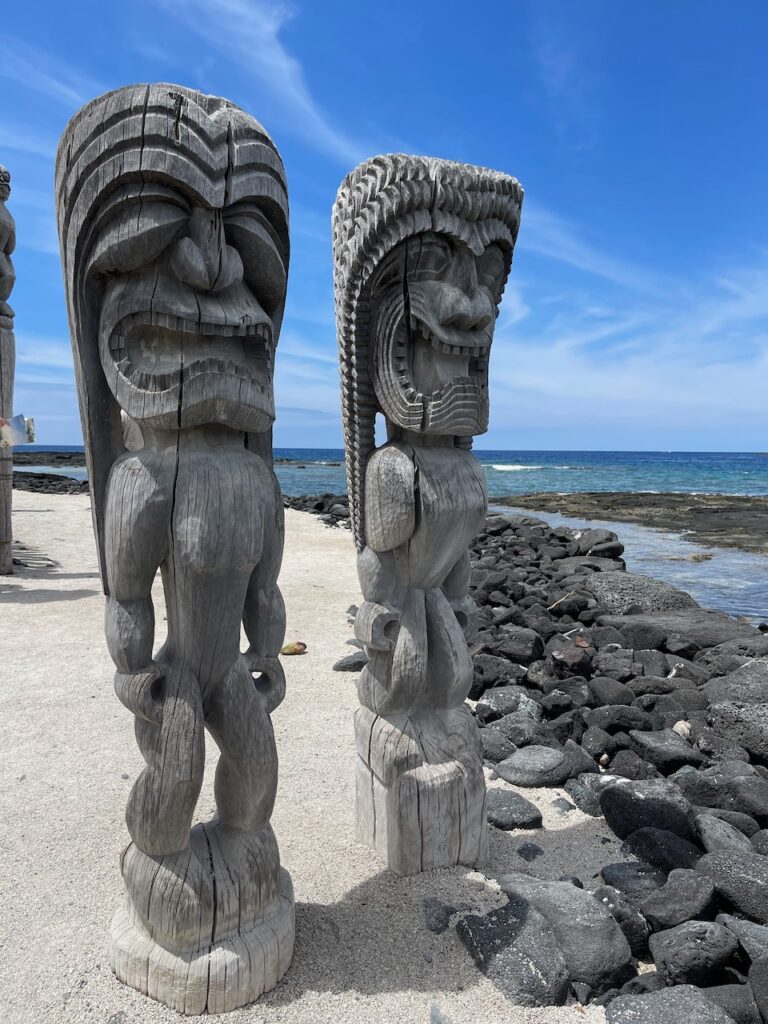
We took time to visit Puʻuhonua O Hōnaunau National Historical Park, a place of refuge in ancient Hawaiian times where those who broke sacred laws, or kapu, could escape death by reaching its borders. If someone made it inside, they could be absolved by a priest and go free—a rare second chance in a society where kapu violations were often punishable by death. The grounds are beautifully preserved, with lava rock walls, carved wooden figures, and serene coconut groves that sit just beside the shoreline. It was one of the most peaceful stops of the trip, but also one of the most powerful. The cultural weight of the site adds a depth that you feel as much as you see, turning what looks like a postcard-perfect beach into a sacred symbol of justice, forgiveness, and protection.
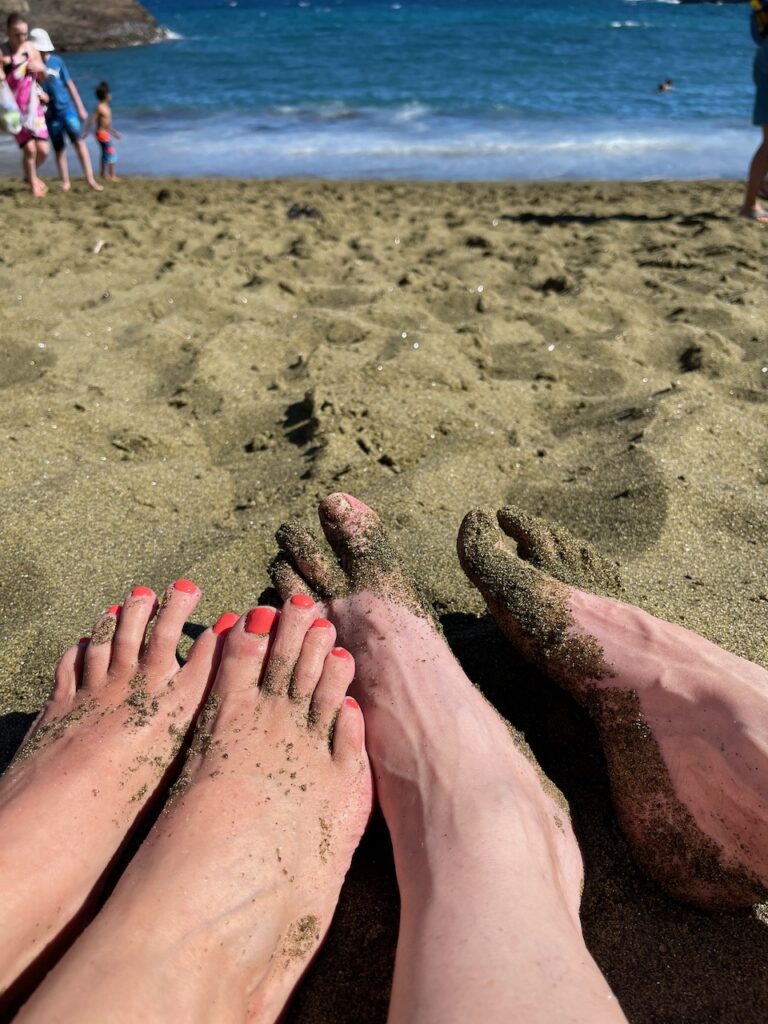
And then, the sands. We made it to Green Sand Beach—one of only four in the world. It’s tucked away on the southern tip of the island and getting there involves a bumpy ride (or a serious hike), but seeing actual green sand underfoot is surreal. Not far from there, we visited a Black Sand Beach, where the volcanic origin of the island reveals itself with every step.
On our final day, we made the drive up to the summit of Mauna Kea. At nearly 14,000 feet, it’s the highest point in the state—and yes, we felt the altitude. But the view? Above the clouds. Literally. It felt like standing on the roof of the world.
The Big Island felt different from the start. It’s rugged and raw, where lava meets the sea and time slows way down. Oʻahu was all rhythm and buzz—Hawaiʻi Island made us pause. It’s the kind of place where you get dirt under your nails and salt in your hair, and by the end, you don’t really want to wash either off.

